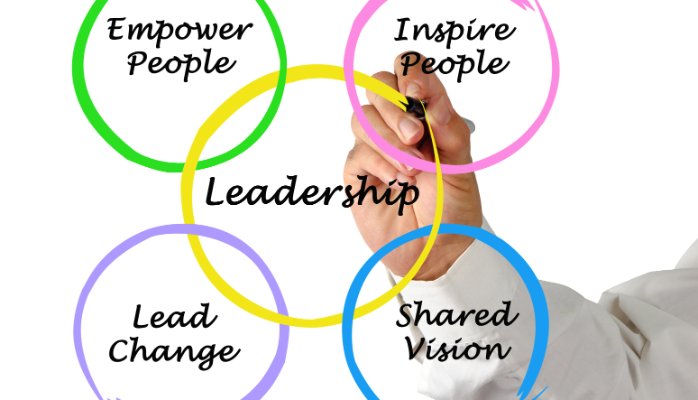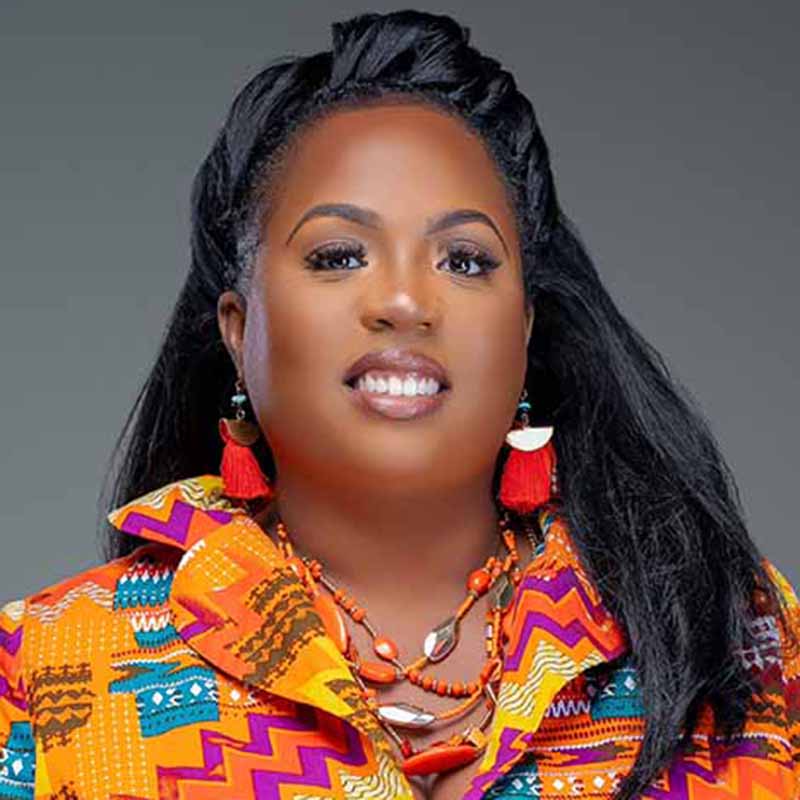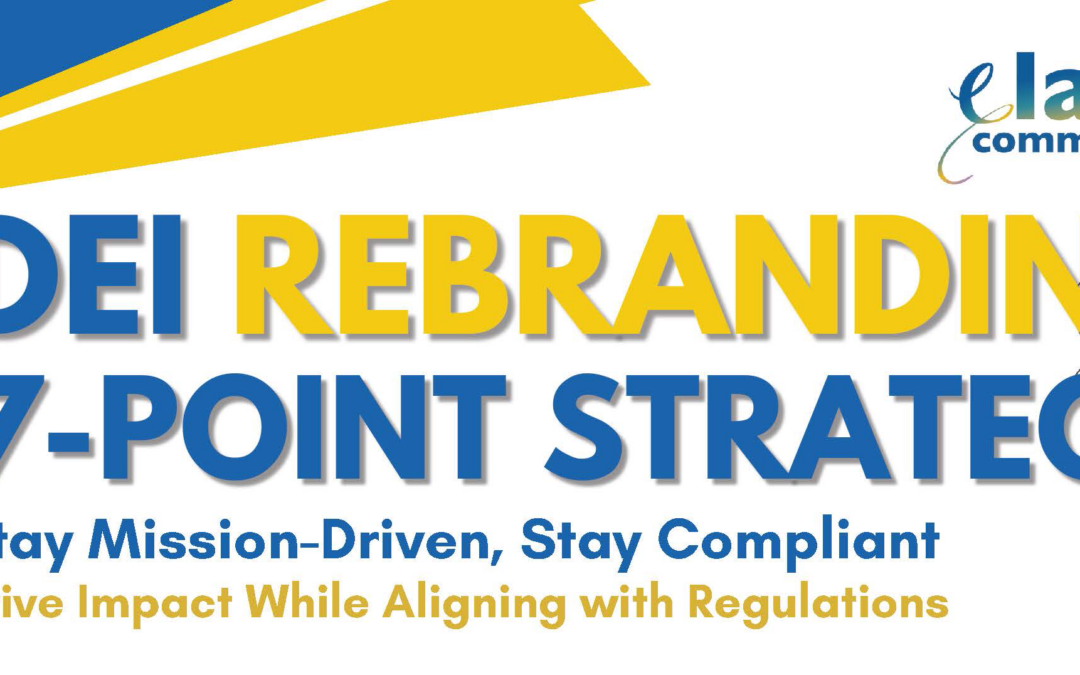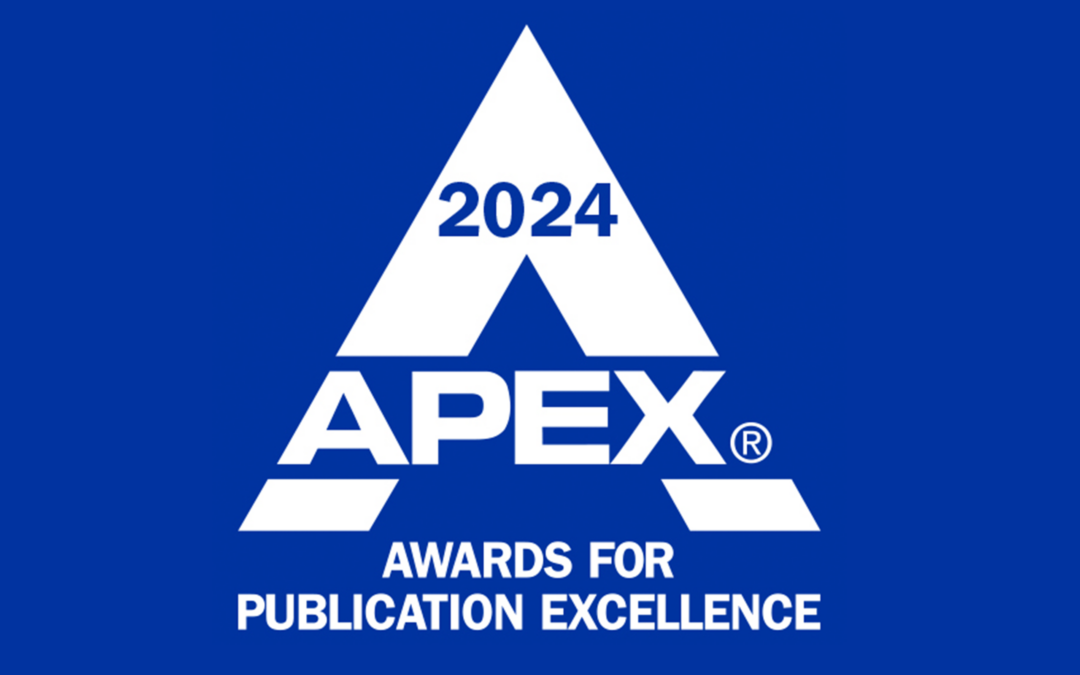At Elation Communications, we believe that effective leadership begins with inclusive communication. We had the privilege of speaking with Dr. Easley, founder and president of Accelerated Excellence Consulting, about the essential role inclusive communication plays in leadership—especially in the education sector.
Dr. Easley, an experienced educator and leader, has dedicated his career to fostering equity for historically underrepresented and under-resourced student communities. His expertise highlights how leaders can cultivate environments where all voices are heard and valued.
Why Inclusive Communication Matters
Inclusive communication is more than just avoiding exclusionary language—it’s about ensuring that every individual feels seen, heard, and empowered to contribute. According to Dr. Easley, leaders who prioritize inclusion in their communication create stronger, more collaborative, and more effective teams. He identifies four key benefits:
- Building Trust: Transparent and inclusive communication strengthens relationships and fosters trust.
- Encouraging Collaboration: Diverse perspectives enrich discussions and decision-making processes.
- Driving Innovation: A culture of open communication invites creativity and problem-solving.
- Enhancing Organizational Culture: When inclusion is embedded in communication, morale and engagement improve.
Strategies for Leading with Inclusive Communication
During our discussion, Dr. Easley shared practical strategies for leaders to embrace inclusive communication:
1. Commit to Equity and Inclusion
Leaders must approach inclusion with authenticity. “If you don’t have a commitment to those two principles, there will be a struggle,” Dr. Easley emphasized. Genuine commitment lays the foundation for sustainable change.
2. Understand Stakeholder Communication Preferences
Not everyone processes information the same way. Leaders should take the time to learn how their teams and stakeholders prefer to communicate—whether through meetings, written updates, or informal discussions.
3. Establish Clear Communication Norms
Creating a communication plan with defined expectations helps ensure everyone is on the same page. Dr. Easley recommends establishing norms and accountability measures to promote clarity and inclusivity.
4. Ensure Two-Way Communication
Inclusive communication is not just about transmitting information—it’s about listening. Leaders should foster environments where individuals feel comfortable expressing their thoughts and concerns.
5. Recognize the Power of Language
“Language influences how we think, behave, and communicate,” Dr. Easley noted. Leaders should be mindful of language that may unintentionally exclude or create barriers for certain groups.
Extending Inclusion Beyond the Workplace
Dr. Easley underscored that inclusive communication is not confined to professional settings—it extends to interpersonal relationships and community interactions. Leaders must continuously invest in learning about different communication styles and cultural norms to foster broader inclusion.
Final Thoughts
At Elation Communications, we are committed to helping leaders integrate inclusive communication into their practices. Dr. Easley’s insights serve as a valuable guide for organizations looking to cultivate inclusive cultures where all individuals feel valued.
We invite you to explore our Inclusive Communications Framework and take proactive steps toward leading with inclusion. Stay connected with us for more expert insights and practical strategies.
Let’s work together to create a more inclusive world—one conversation at a time.









